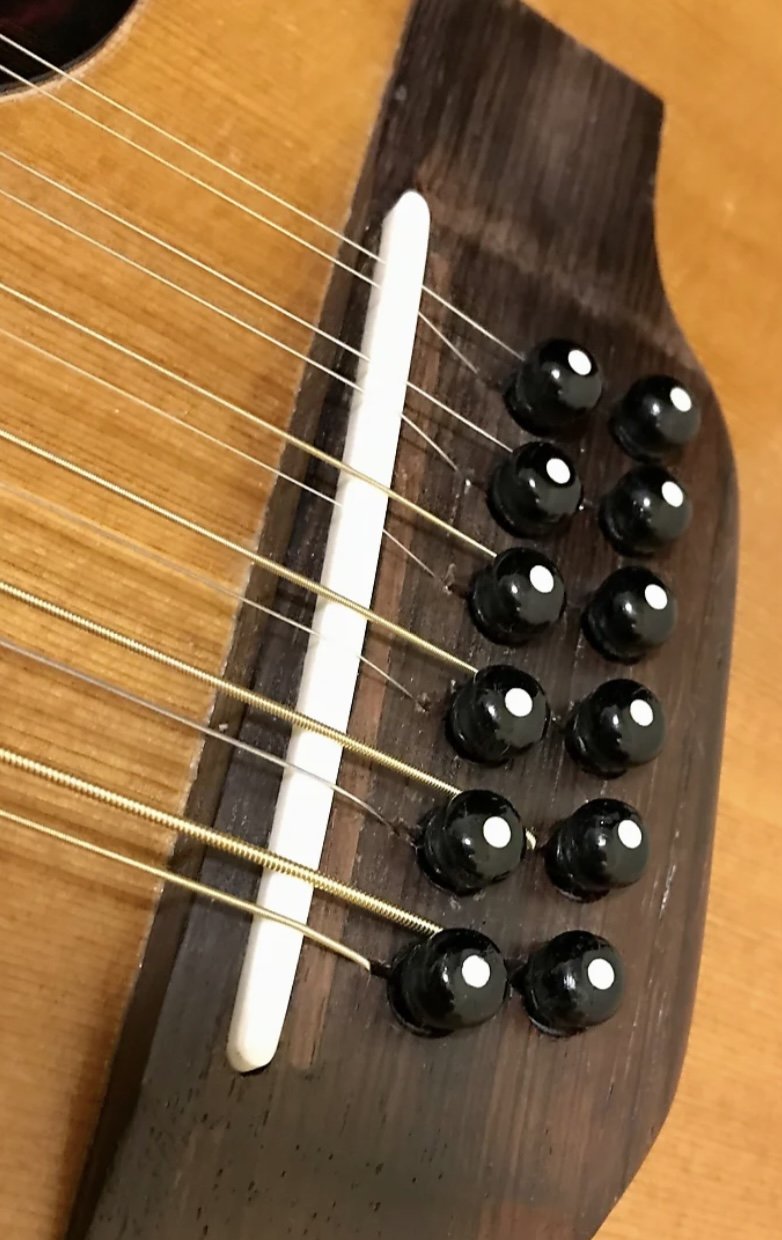wileypickett
Enlightened Member

EXTRA COMPENSATING OverHanging BONE Guitar Saddle. Made by Chris Alsop PS010 5060489150820 | eBay
Find many great new & used options and get the best deals for EXTRA COMPENSATING OverHanging BONE Guitar Saddle. Made by Chris Alsop PS010 at the best online prices at eBay! Free shipping for many products!
www.ebay.com
A number of my Guilds came to me with intonation problems.
Some were slight enough that I could live with them being a little off, but there were a couple that were off enough that it drove me crazy. On those, the bass end of the saddle was too far forward.
To correct for that, I once had a similar idea to this inventor. I Krazy-glued a second saddle behind the main one. I sanded the main one down so it was lower than one behind it, and made sure it was enough above the saddle slot that it didn't rest on the bridge.
It kinda sorta worked, but it was so clunky looking and inelegent I ended up just filling the old saddle slots with matching wood and routing a new slot at the proper angle.
The price a luthier would charge for doing that might be less than this innovative little doohickey costs, but I'm always impressed at some people's ingenuity.
Last edited:
